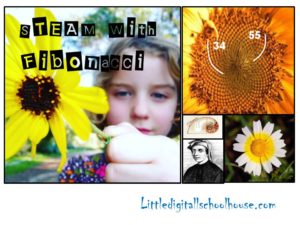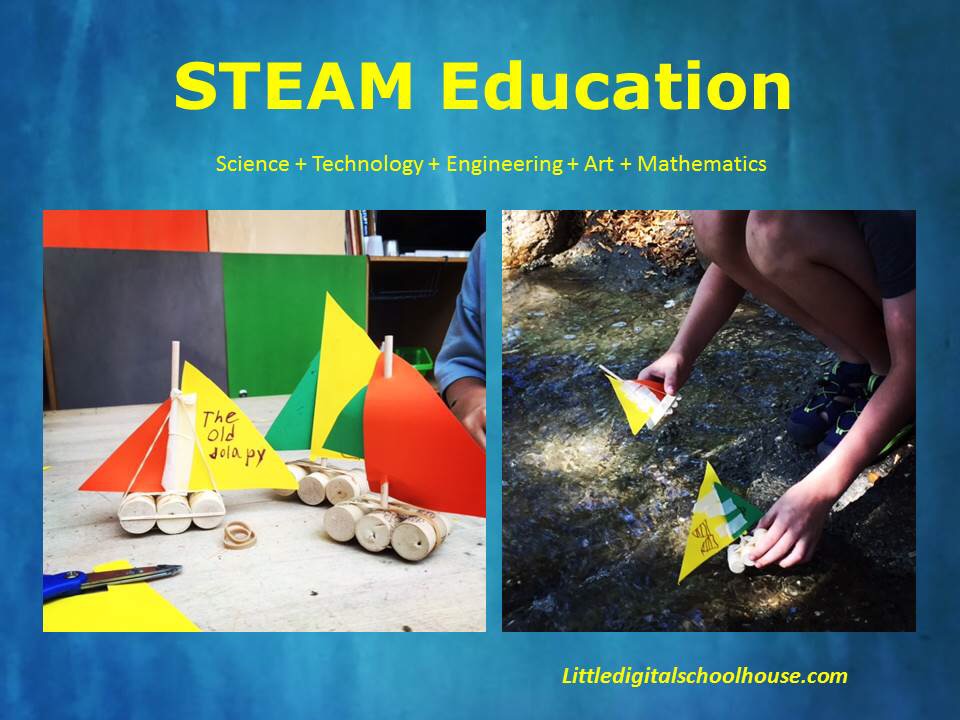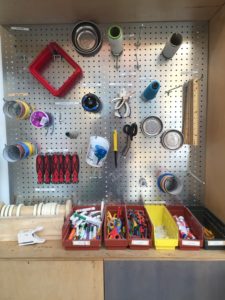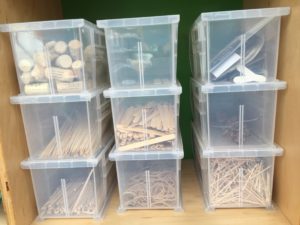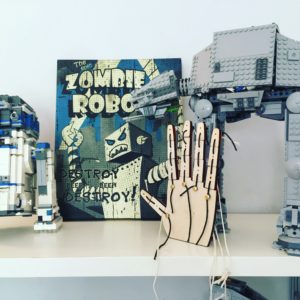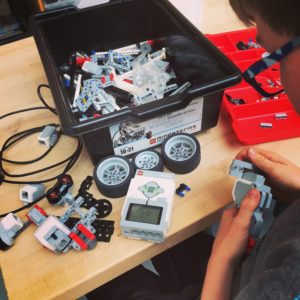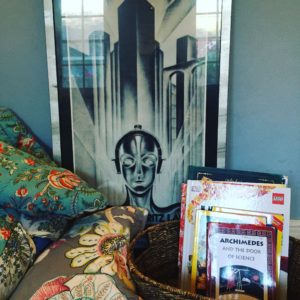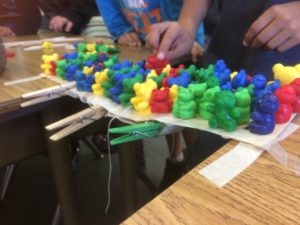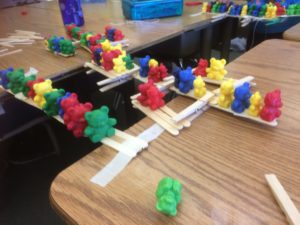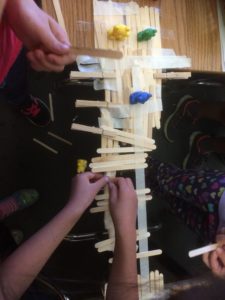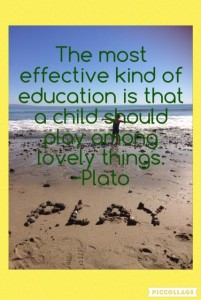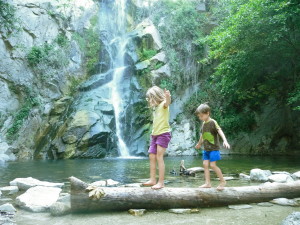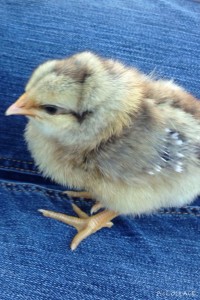The most beautiful thing we can experience is the mysterious. It is the source of all true art and science.
~ Albert Einstein
Leonardo Pisano Bogollo, aka Fibonacci rediscovered the number pattern that is now generally referred to as the Fibonacci sequence. Fibonacci recognized that certain numbers seem to occur in nature more frequently than chance would allow. The number sequence is also used to calculate the golden mean or golden ratio, known in mathematics by the Greek letter phi.
You can easily calculate the sequence in your classroom or at home by adding the last two numbers to make the next.
Here is the sequence:
0,1,1,2,3,5,8,13,21,34…
The first two numbers in the sequence are added and the sum creates the next number.
0+1=1. 1+1=2 2+1=3 3+2=5
We usually open our Fibonacci math enrichment unit with posting the number sequence on the board as a challenge. We ask the class to find the pattern. Surprisingly enough even the first graders usually figure it out.
One of our favorite activities is to go on a Fibonacci number hunt walk. We take the kids for a walk and try to find natural items that show numbers in the Fibonacci sequence.
Here are some example from our last walk

The Bougainvillea shows three bright pink leaves.
This California native has 5 petals.
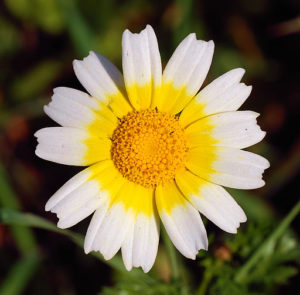
We had to count a lot of petals to find a perfect daisy.
We wrote in our journals and drew some of the flowers after the hike. A great way to introduce kids to the Fibonacci sequence.

